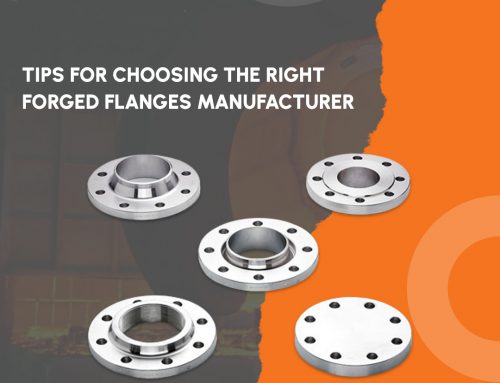Flanges can be set or solidified. Specific application for ones flange, all production methods are helpful. Due to the outmoded essence and lesser quality benchmark of spell flanges, we generally deals with forged flanges and fittings at Flange.
We will look at the benefits and drawbacks from both forged flanges and dutch oven flanges further down.
Cast Iron Flanges
Casting is indeed the procedure of melting metal and pouring it into a mould or warship to cut and shape. People are frequently used in cases where forgings are too large, complex, and otherwise unsuitable.
A few of the benefits of manufacturing flanges in this manner involve lower operating costs, the capacity to make more complex parts at cheaper prices, and needing no true upper bound on magnitude when it did come to ones part.
However, cast iron forged brass fittings have some disadvantages. The most crucial of these is their susceptibility to pinholes. As a result, cast flanges really aren’t suited for large high pressures or apps where corrosion is likely.
Despite advancements in casting technology and desktop enhancement of casting as well as designs, meeting the qualifications established for oil and gas industry application areas remains challenging.
Forged Steel Flanges
Forging is the process of applying structural and tribological electricity to steel billets. or ingots in attempt to transform the shape of the substance whilst it’s still solid. Forgings provide materials and framework continuity.
Because of the essence of the manufacturing process forged flanges and fittings have higher expenses than cast flanges. But they can be created in the complex forms which cast flanges can, their inner core is more portable and thus rarely has the defects that plague cast flanges.
Forging completely removes casting deficiencies such as shrinking, porosity, cavities, and chilly pour concerns.
forged brass fittings are typically greater and much more dependable than cast flanges since the wheat flows of a metal are altered, conforming to a form of the portion.

Forgings’ tight grain helps make them mechanically resilient to daily wear and tear than voted flanges. We prefer forged flanges over cast flanges because of their superior quality, dependability, power, and sturdiness.
Texas Flange provides forged flanges in a variety of substance grade levels ranging from 1/2′′ nominal tube diameter to 203′′ OD. We actually value as well as work hard to ensure that you will get the right section for your implementation at the best money and advance notice for your company.
Our sales representatives work together to make sure this. Cast flanges could be manufactured in a wide range of complicated shapes that are hard to obtain for fittings manufactured using other methods.
Cast flanges have really minimal prices, making them significantly less expensive than forged flanges. They have had the characteristics of a good surface finish that can be obtained with no surface modification and are easily formed.
Cast flanges have the disadvantage of being prone to defects or having some components which were not compact, making them unsuitable for use in high-corrosion and elevated environments.
Conclusion:
Forged flanges are typically produced using forging hardware, and forged flanges could have the intricate forms that forged brass fittings possess.
However, forged flanges have more compressed constructions than cast flanges, and inner defects on forged flanges are uncommon. The forging method is frequently used for work – piece with high quality prerequisites, like the valve plate, valve bobbin, and nozzle stem.
Under severe corrosion or highly pressurized circumstances, the forged valve skin has a wide range of applications.
Read more: Process of ASME Buttweld Fitting




